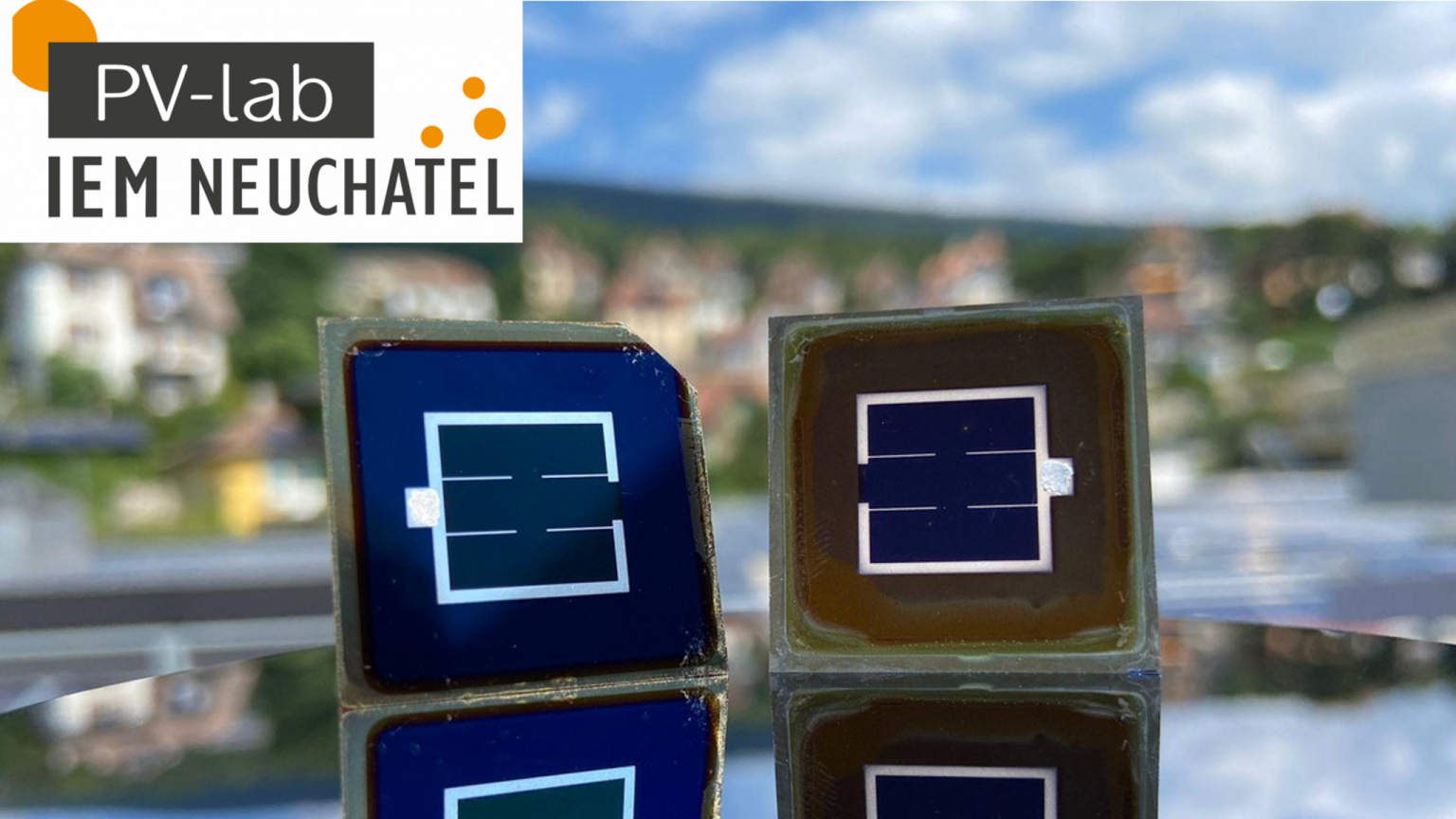
The laboratory of photovoltaics and thin-films electronics (PV-lab) of IEM, founded in 1984 by Prof. Arvind Shah and headed by Prof. Christophe Ballif since 2004, has pioneered several new processes for the preparation of thin-film silicon, such as the introduction of very high frequency (VHF) plasma deposition and microcrystalline silicon as an efficient photovoltaic material, and simple processing of heterojunction crystalline cells. Current activities of the laboratory cover a broad spectrum, ranging from fundamental research to industrial technology transfer. The lab masters processes of device fabrication for a wide variety of transparent conductive oxides, thin-film solar cells and high-efficiency crystalline silicon solar cells. It also has expertise for specialty detectors. It has full facilities for packaging of PV products. It has been designated as a center of national importance by the Swiss Federal Office for Energy.
PV-lab is a founding partner of the CSEM PV-center, which started operation in 2013 with a focus on technology transfer, and industrialisation of technologies.
LATEST NEWS
NEXT EVENTS
RECENT PUBLICATIONS
Please note that the publication lists from Infoscience integrated into the EPFL website, lab or people pages are frozen following the launch of the new version of platform. The owners of these pages are invited to recreate their publication list from Infoscience. For any assistance, please consult the Infoscience help or contact support.









